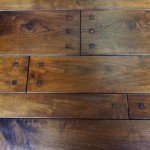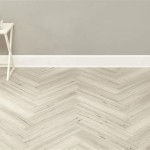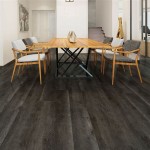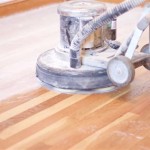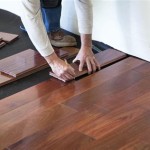Hardwood floors are a timeless addition to any home. Whether you’re renovating an old property or building a new one, hardwood floors provide a classic look that can last for generations. However, many people have a difficult time blending the old hardwood floors with new ones. Fortunately, there are several methods that can be used to create a seamless look that will make your home look stunning.
Types of Hardwood Floors
The type of hardwood floor you choose will depend on the look you’re trying to achieve. Solid hardwood is the most traditional type of flooring and is made from one solid piece of wood. However, it is also the most expensive. Engineered hardwood is a more modern type of flooring made from several layers of wood bonded together. It is usually less expensive than solid hardwood and can be used to create a variety of looks.
Design Considerations
When blending old and new hardwood floors, there are several design considerations to keep in mind. First, if you are installing a new floor on top of an old one, you should make sure it is level. This will help ensure a smooth transition between the two floors. Second, you should make sure the new flooring is the same species of wood as the old one. This will ensure a consistent look between the two floors.
Matching Stain Colors
Matching the stain color between the old and new hardwood floors can be challenging. If the old floor has been stained, you will need to find a stain that matches. If the old floor has not been stained, you may need to sand it down and apply a new stain. You may also need to apply a sealer to protect the new floor from moisture and dirt.
Installing New Hardwood Floors
When installing new hardwood floors, it is important to use the correct tools and techniques. If you are replacing the old floor, you should use a pry bar to remove it. You should also use a hammer, nails, and glue to secure the new floor to the subfloor. If you are installing a new floor on top of an existing one, you should use a nail gun and glue to attach it. You should also use a saw to cut the new floor to size.
Finishing the Floors
Once the new floor is installed, you will need to finish it. This involves sanding and staining the wood to create the desired look. You can use a variety of different stains or even mix and match to create a unique look. You will also need to apply a sealer or finish to protect the wood from moisture and dirt.
Conclusion
Blending old and new hardwood floors can be a challenging task, but it is definitely achievable. With the right tools and techniques, you can create a seamless look that will add beauty and value to your home. Take the time to consider the design, types of hardwood, and finishing techniques to ensure the best results.










.jpg)




Related Posts


